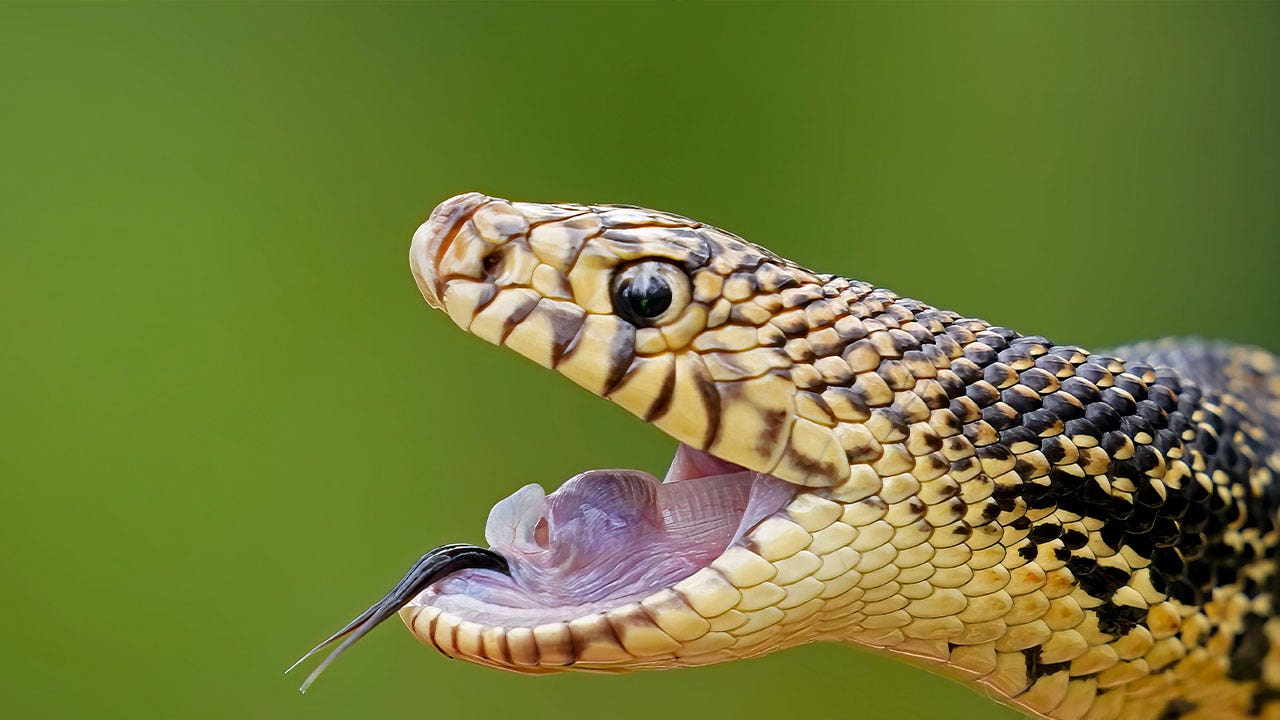Global Courant 2023-05-12 22:01:37
They were born and raised in captivity, but as they slowly drifted away from their handlers and disappeared into gopher dens in the Kisatchie National Forest, the group of Louisiana pine snakes seemed right at home.
The five pine snakes bred at the Memphis Zoo in Tennessee were released into the Kisatchie in early May as part of an ongoing conservation effort involving zoos in Memphis, New Orleans and two Texas cities, Fort Worth and Lufkin. This year, more than 100 pine snakes — a species listed as endangered by the federal government — will be released into Louisiana’s central forest.
“We supply the snakes in our snake factories, which are funded by the US Forest Service, in habitats that the Fish and Wildlife Service and Forest Service have developed,” said Steve Reichling, the Memphis Zoo’s Director of Conservation and Research. “It’s really just a perfect marriage.”
ALLIGATOR SPOTTED ON TEXAS BEACH BY TURTLE PATROLLERS: ‘CAPTURED BY SURPRISE’
Reichling said the characteristics of the area where the snakes were released — a high canopy dominated by longleaf pines, little mid-level vegetation, grassy soil and sandy soil — are all vital to the snakes’ survival. The forest is also home to gophers who are both a source of food for the snakes and the creators of the burrow system where the snakes live and hibernate.
“Unlike some of the other snakes out here that can survive in a variety of habitats, Louisiana pines can’t,” Reichling said as the snakes were released.
A snake bluffs into a stance to defend itself from predators during the release of several Louisiana pine snakes in Kisatchie National Forest, Louisiana, on Friday, May 5, 2023. (AP Photo/Gerald Herbert)
Although similar to rattlesnakes, pine snakes are non-venomous constrictors and are not considered dangerous to humans.
“There is no other snake in the world quite like it,” Reichling said. “And to me, that’s the definition of precious, right?”
The release into the Kisatchie of young pine snakes raised at the Memphis Zoo has become an annual event, something that Emlyn Smith, a biologist with the forest service, looks forward to.
“I love this,” she said. “This is why I’m not retired yet because I love this project and it’s just so exciting. Every time I come here there’s the potential to see a pine snake that we’ve released and to see that it survives and thrives and it makes babies and it grows bigger.”






